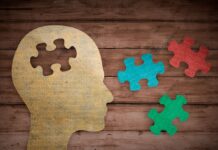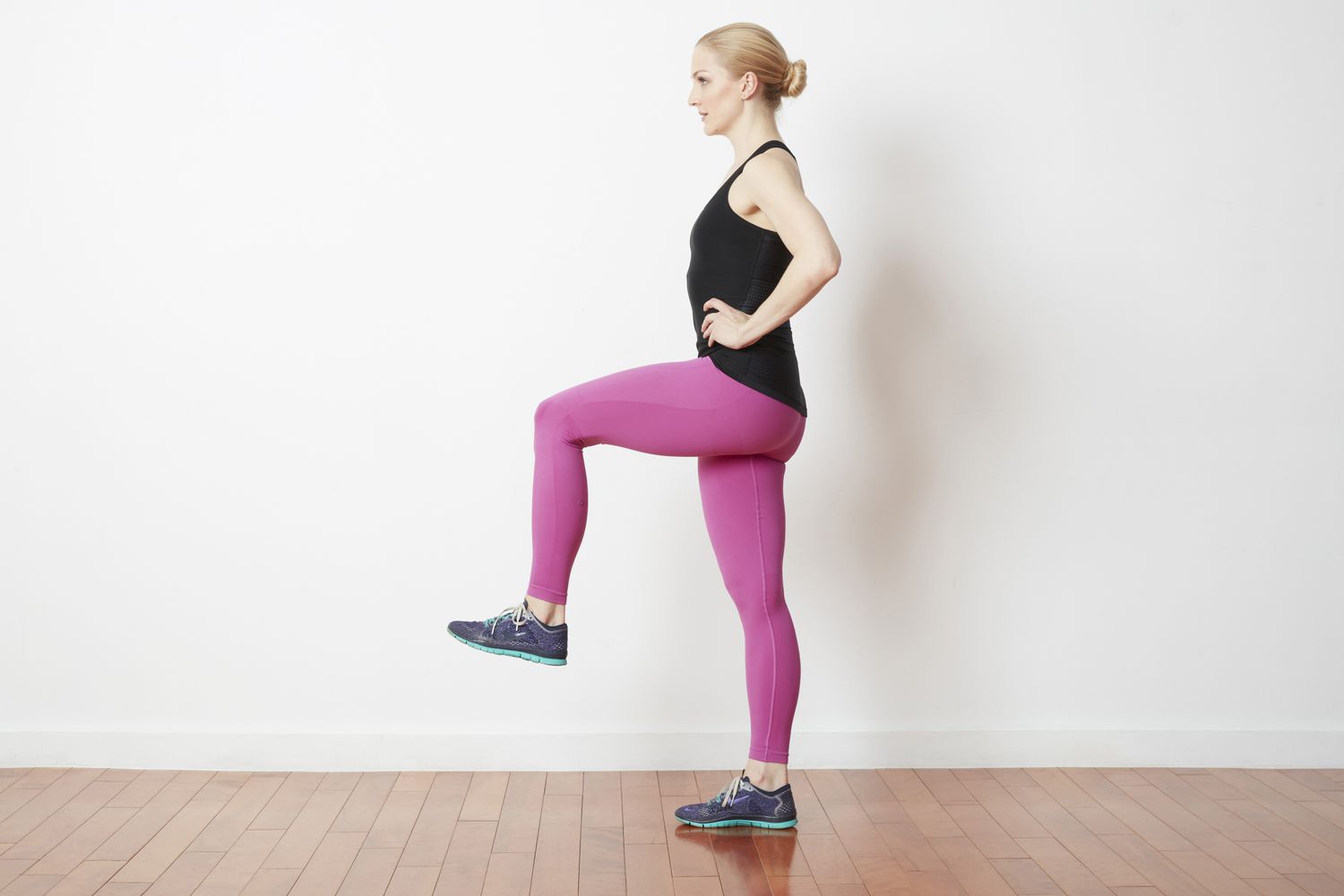Want to get a quick snapshot of your body’s aging process? Turns out, all you need is one leg! A recent study from the Mayo Clinic suggests that how long you can balance on one leg might reveal more about your aging health than other measures like muscle strength or walking style.
In this study, published in the journal PLOS ONE, researchers worked with 40 healthy adults over 50, split into two groups: one under 65 and the other over 65. Participants tackled a series of tests, including walking, grip strength, knee strength, and balance exercises. During the balance portion, they had to stand on both legs (eyes open, then closed), and then on each leg separately. The standout finding? Balance on one leg—especially the non-dominant one—seemed to decline the fastest with age.
According to Kenton Kaufman, the study’s lead author and director of the Mayo Clinic’s Motion Analysis Laboratory, “Balance on one leg is one of the factors that shows the sharpest decline with age.” And that’s no small thing. Poor balance is a significant risk factor for falls, which are unfortunately common and costly among older adults.
Why Balance Tends to Decline Over Time
Balance isn’t just about standing still; it’s a complex skill involving eyesight, inner ear function, and the strength of muscles and nerves throughout your body. Unfortunately, each of these factors naturally wanes with age, says Devin McCaslin, chief of audiology and a professor at Michigan Medicine. “Vision, muscle strength, and inner ear balance all work together, and each tends to weaken as we get older,” he explains.
As people age, conditions like arthritis, heart disease, or blood vessel disorders can add more challenges to maintaining stability, notes the National Institute on Aging (NIA). Plus, many older adults take several medications, some of which can interfere with balance. A recent CDC study found that around 90% of Americans aged 65 and older take at least one prescription, and more than 40% take five or more.
Try a Quick Balance Test
The beauty of this balance test is its simplicity: try balancing on one leg with your eyes open. According to Kaufman, “If you’re over 65 and can balance for 30 seconds, you’re in great shape!” But, if you struggle to stand on one leg for at least five seconds, it might be a sign to start paying closer attention to your balance.
For anyone concerned, this test could even help doctors catch early signs of balance problems, giving them a chance to provide guidance on improvement. For instance, issues with the inner ear can be treated with certain head and body exercises, while blood pressure-related balance problems can benefit from lifestyle tweaks like cutting back on salt or maintaining a healthy weight. And if medication is affecting balance, a doctor might suggest alternative options.
Tips for Better Balance
Good news: balance can improve with practice! Physical activity, especially walking and strength exercises, can help you stay steady as you age. “A little practice goes a long way,” says Kaufman, who recommends giving one-leg balancing a try each week. It’s easy, requires no equipment, and can be done anytime.
Remember, taking simple steps to keep your balance sharp not only helps prevent falls but also promotes overall confidence and independence. So, why not start by giving this quick test a try?

Subscribe To Our VIP Newsletter
Join our VIP mailing list to receive additional content that goes even deeper into the latest tips to ensure you and your families health, fitness and wellness.






















